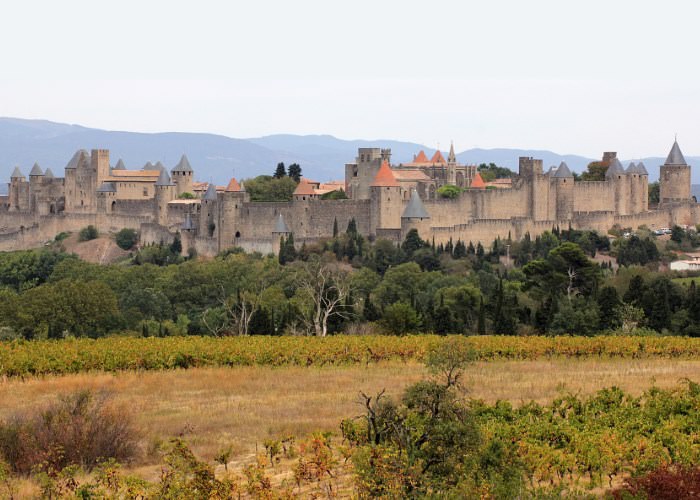
France is renowned for its many castles. With a very long and rich history, there are many structures still left from medieval times throughout this beautiful country, many of them still intact or rebuilt. A lot of them can be visited all year long, but very few can compete with the ten I'm about to show you. Enjoy seeing and learning a bit about these ancient, fascinating structures from an age gone long ago. You can enjoy both photos and videos of these beautiful castles below.
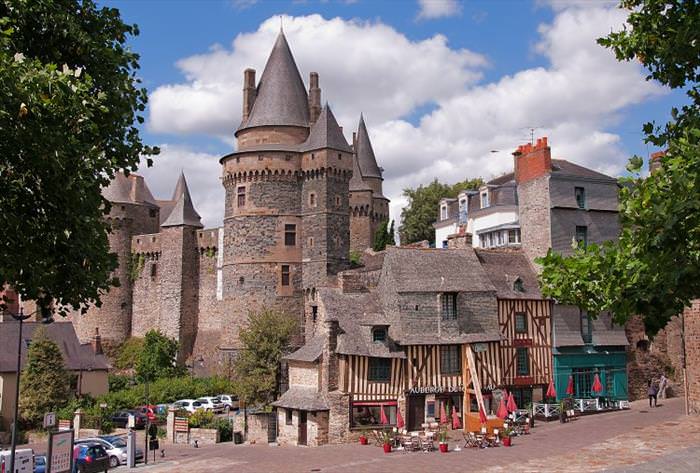
This medieval castle can be found in the town of Vitré in Brittany. The Château de Vitré was built close to the end of the 11th century. There used to be an even older castle there, but because it was made out of wood, it kept catching on fire, so they built a stone one. During the 15th century, the castle was much expanded with the addition of a tall tower, a gatehouse and a drawbridge.
Despite its proud fortifications, the citadel was surrendered without a fight in 1487. In 1820, the town of Vitré decided to buy the castle for themselves (cost them 8,500 franks, quite a lot in those days) and together they restored its outer structure. That is why today the château can be seen by visitors, has a small museum and a town hall.
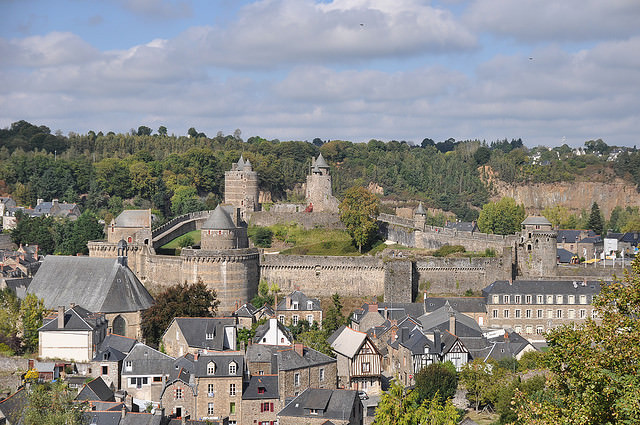
Another castle built in the 11th century, the Château de Fougères can be found near the city of Rennes in Brittany. The Château was built on a large rock, surrounded by the Nançon River, a great strategic location. It was originally made of wood but was destroyed by Henry II of England when he conquered it. It was reconstructed from stone and, in the 13th century, two massive stone towers were added, making it one of the largest fortresses in Europe.
Today, the château is owned by the city of Fougères as a tourist attraction and a place to learn about medieval times. You can get an audio guide that has music and sound effects from those times as you walk inside, recreating the atmosphere of the era.
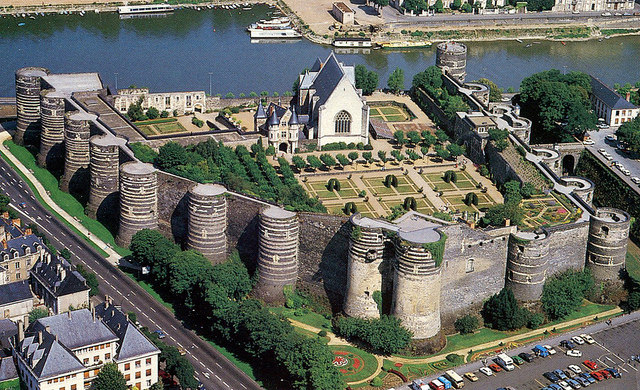
You can find this beautiful Château in Loire Valley in the city of Angers. Built on the remains of an abandoned Roman town during the 9th century, the Château d’Angers is one of the most popular castles in France. The Château houses the world-famous Tapestry of the Apocalypse, a set of magnificent tapestries woven during the 14th century and commissioned by Louis I, Duke of Anjou.
The tapestry shows scenes from the Bible's Book of Revelations in remarkable color and exquisite detail. This giant castle has 17 watchtowers, made of grim dark stone. If you're in the area, don't pass this up. Entry is free and there are audio guides available for a small fee.
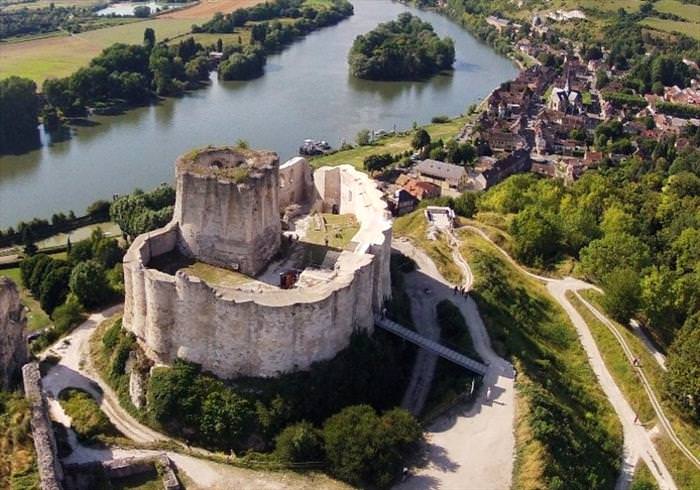
Built on a hill that overlooks the Seine as well as the city of Les Andelys, the Château Gaillard is one of the most beautiful sights in an already-picturesque Upper Normandy. The castle was built by the famous Richard the Lionheart. It took 3 years (1196-1198) to build this strong castle, but despite complex machicolations (a floor opening between the supporting corbels of a battlement, through which stones, or other objects, could be dropped on attackers at the base of a defensive wall) and a strong, concentric fortification, it was still conquered by Philip II of France, only 6 years later.
Château Gaillard was destined to continue and change hands between English and French ownership, until it was finally destroyed by Henry IV of France in 1599. However, the hardened castle walls resisted destruction and the fortress is still an impressive sight. Most of the castle can still be toured and is open to the public all year. If you want to see the inner keep, where the king made his accommodations, however, you'll need to come between March and November.
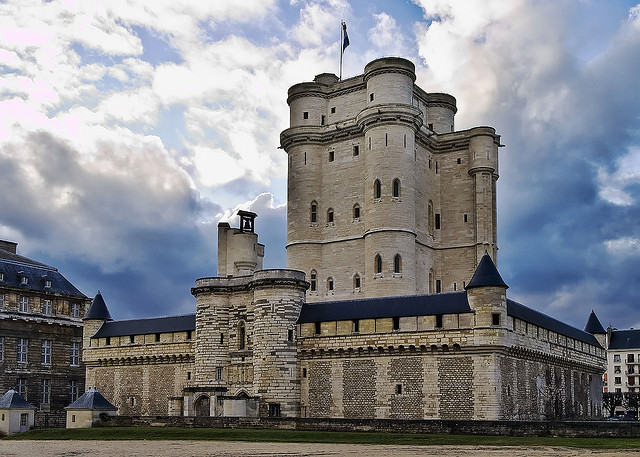
The Château de Vincennes can actually be found in Paris itself, in the suburb of Vincennes. It began its long history as a simple hunting lodge for Louis VII. It was improved during the 14th century and was added a heavily fortified keep. A century later saw the addition of a rectangular-shaped outer wall. In the same century, a wide moat and two drawbridges were added to make the imposing fortress even more secure. The castle served as a royal residence until the middle of the 17th century.
In 1860, after securing the castle, Napoleon III gave the Château de Vincennes, as well as the nearby Bois de Vincennes, to the city of Paris for it to be used as a public park. Today, visitors can visit the keep as well as its 16th-century royal chapel.
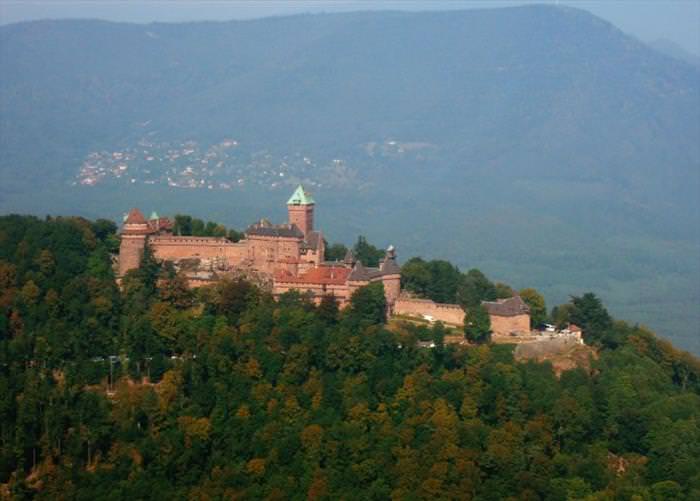
The château du Haut-Kœnigsbourg rests on top of a very strategic location, on a high hill above the Alsatian plain, in the Vosges Mountains. Its origins are in the Middle Ages and it was used by various powers until it was burned and pillaged by Swedish soldiers during the Thirty Years' War, following a 52-day siege. For a few centuries after that, the remarkable Château was left empty, and the forest slowly claimed it.
In 1899, it was given to the German emperor Wilhelm II, who had it rebuilt as it was (or as they believed it was) on the eve of the Thirty Years' war. After WWI, the French confiscated the castle and for a while, it was sneered at for its connections to the emperor. Today, however, it is one of the most visited castles in France, attracting more than 500,000 visitors a year. It's well worth the visit, and it will leave you with memories of another time.
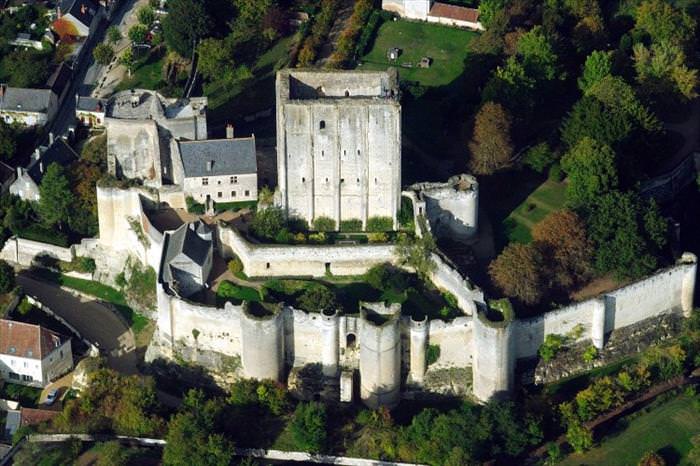
The Château de Loches is famous for two reasons. The first is its gigantic square-shaped central keep, and the second is its many connections to historical figures from French and English royal families. The Château was built 500 meters (1,600 feet) from the banks of Indre River in the Loire Valley.
It was built during the 11th century, and though it was first held by Henry II and then Richard the Lionheart during the 12th century, it is better known as the favorite seat and residence of Charles VII of France. It was in the great hall of this very castle that Joan of Arc herself convinced the king that he should be crowned at Reims. Today, large sections of the once royal castle are in ruins, but the 16th-century royal lodgings have been fully restored and can be visited.
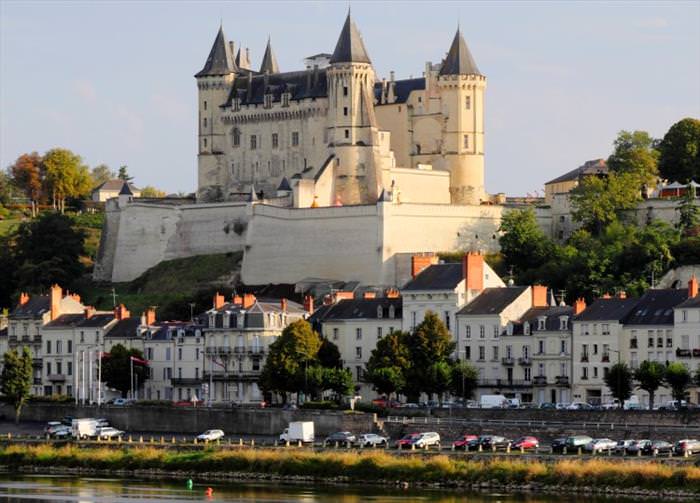
The Château de Saumur is known as the most beautiful of all the castles along the Loire, France's longest river. It stands tall on a fortified hill, overlooking both the city and river below it. The Château de Saumur looks like something out of a fairy-tale come to life: with octagonal corner towers and mullion windows, it has a magical look that has a special appeal for families.
However, it was originally built as a fortress during the 10th century. The château got its magical and elegant look a century later when it was rebuilt by Henry II of England. Now, as most castles are, it is owned by the town. It houses several museums, including the family-friendly antique figurines and toys museum, perfect for curious children.
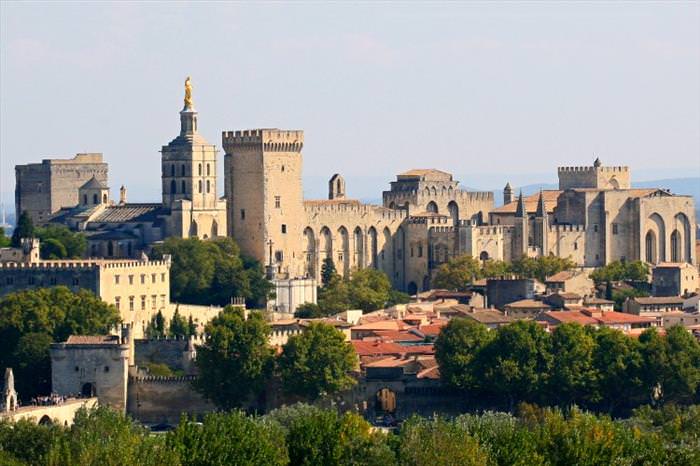
The Palace of the Popes (Palais des Papes) is seen by many as one of the most important medieval structures in all of Europe. It can be found in Avignon, which is in the south of France. It started with the building of a convent in 1252. In 1309, however, it became the seat of the Papacy itself, when Rome rebelled against the ascension of Pope Celment V. The palace continued to serve as the central seat of Western Christianity all throughout the 14th century.
Today, it is one of Europe's biggest Gothic buildings, and one of France's top 10 tourist attractions. About 650,000 visitors come to see this medieval wonder every year. Some of the tour highlights: 14th-century frescoes painted by Giovannetti and secret chambers hidden within the 3 meter (10 foot) thick walls of the palace. Imagine all the intrigue that must have happened there. If only the walls could talk...
